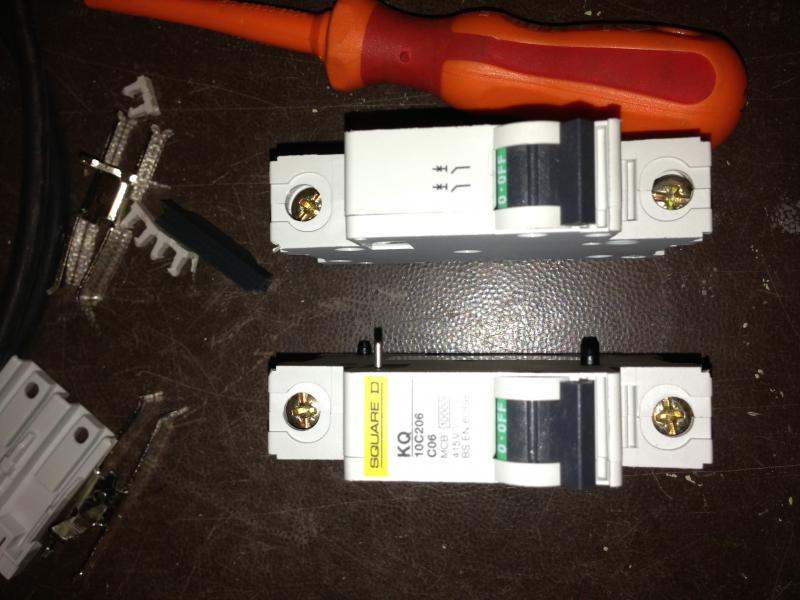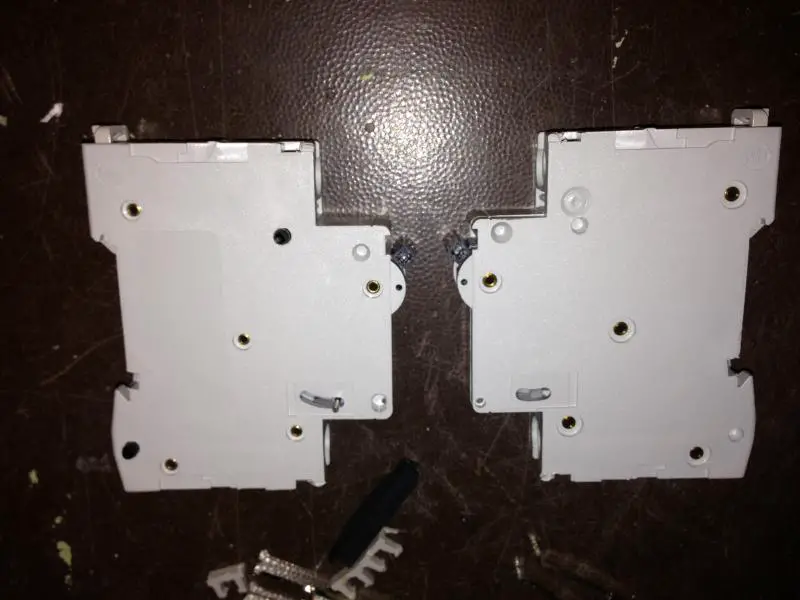Good afternoon!
A quick question if I may, I am no expert what so ever, been a long time since I worked with a voltage higher than 5v DC
I have mains supply to a DIN rail device which I want to protect with a double pole MCB, however for my current rating requirements (very low) only single or three pole devices are available.
The electrician who has fitted this for me has used two single pole MCBs side by side, for L and N and has then simply placed a clip across the two switches insuring me that 'one will trip the other' etc.
As I say, I am a software eng so please no laughing at my lack of knowledge heh, but is this acceptable practice? Is the trip rating now not double what I want it to be using two MCBs?
Is it not possible or preferable to use just two poles of a 3 pole unit?
Thanks guys,
John
A quick question if I may, I am no expert what so ever, been a long time since I worked with a voltage higher than 5v DC
I have mains supply to a DIN rail device which I want to protect with a double pole MCB, however for my current rating requirements (very low) only single or three pole devices are available.
The electrician who has fitted this for me has used two single pole MCBs side by side, for L and N and has then simply placed a clip across the two switches insuring me that 'one will trip the other' etc.
As I say, I am a software eng so please no laughing at my lack of knowledge heh, but is this acceptable practice? Is the trip rating now not double what I want it to be using two MCBs?
Is it not possible or preferable to use just two poles of a 3 pole unit?
Thanks guys,
John



